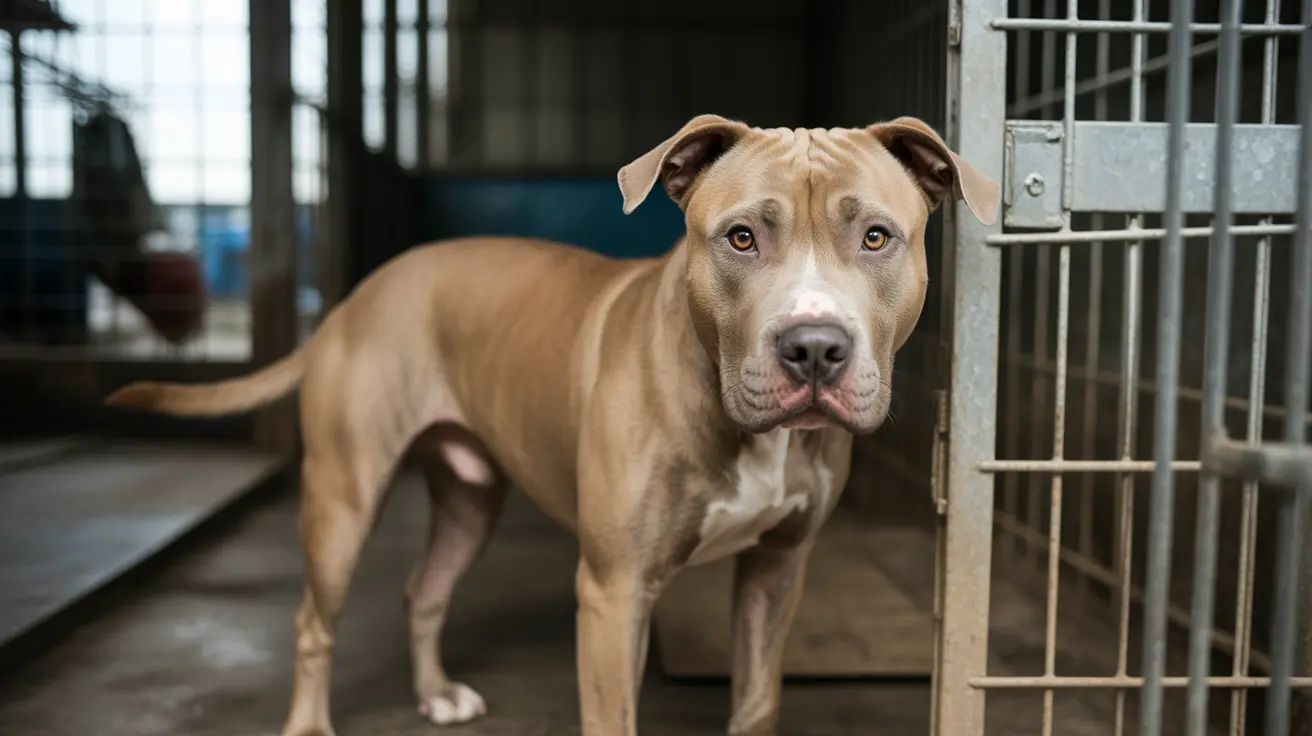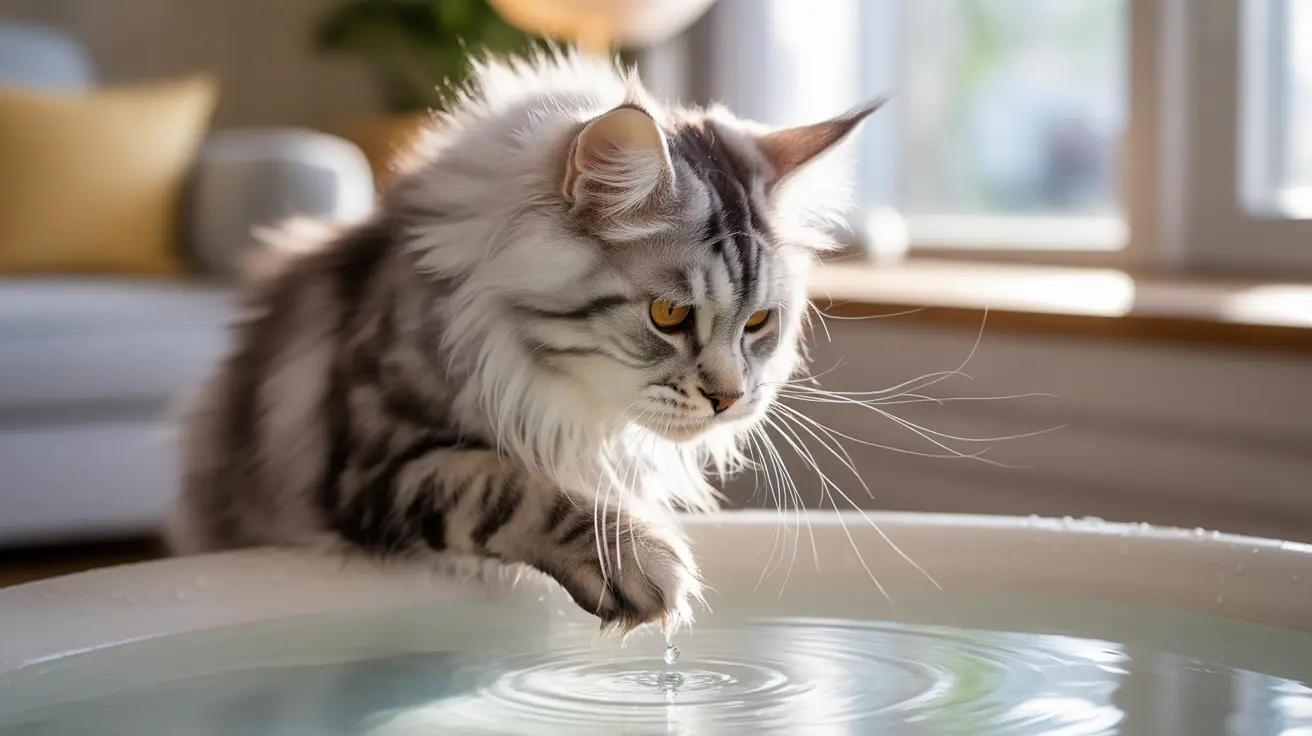Best Products and Remedies to Stop Dogs From Licking Their Paws
Dogs often lick their paws, but when this behavior becomes persistent or obsessive, it may indicate underlying issues that need attention. Understanding the reasons behind this behavior is essential before choosing the right product or remedy. This guide explores effective products and approaches to manage and stop obsessive paw licking in dogs.
Why Do Dogs Lick Their Paws Excessively?
Excessive paw licking can result from a variety of causes:
- Injuries: Cuts, splinters, or irritants like salt can lead to discomfort and licking.
- Allergies: Food allergies or environmental allergens such as grass or pesticides may irritate the paws.
- Infections: Yeast or bacterial infections often make dogs lick affected areas persistently.
- Dry Skin: Over-bathing, dry climates, or lack of moisturization can lead to itchy paws.
- Anxiety or Boredom: Dogs may lick for comfort during stress or as a coping mechanism when bored.
- Parasites: Fleas, mites, or ticks can cause severe irritation prompting dogs to lick excessively.
How to Identify the Cause of Paw Licking
To find the right solution, begin by examining your dog’s paws:
- Inspect for foreign objects between toes or pads.
- Check for redness, swelling, or moisture between toes.
- Observe if licking occurs on a single paw or multiple paws.
- Note the intensity and timing — is it worse after walks or meal times?
If you observe signs like limping, bleeding, or constant licking despite home remedies, consult a veterinarian.
Top Products to Stop Dogs from Licking Their Paws
After ruling out or treating the primary cause, consider these top product categories:
1. Bitter-Tasting Deterrent Sprays
These sprays make paws taste unpleasant, discouraging licking. Look for pet-safe options such as:
- Bitter Apple Spray
- Citrus-based deterrents
Always make sure to apply only to healthy skin—never on broken or irritated skin without veterinary approval.
2. Paw Balms and Moisturizers
For dogs suffering from
dry or cracked paw pads, pet-safe moisturizers soothe and hydrate:
- Paw balms made from shea butter, beeswax, or coconut oil
- Coconut oil—natural, moisturizing, and anti-inflammatory
3. Protective Gear: Booties and Socks
Booties and socks can prevent dogs from licking while also protecting them against environmental irritants during walks:
- Non-slip dog socks
- Durable waterproof dog booties
4. Elizabethan Collars (E-Collars)
Sometimes called the “cone of shame,” these are effective for short-term use to
prevent access to paws, especially post-injury or surgery.
5. Antimicrobial and Antifungal Creams
If your dog has a mild infection or irritation, vet-approved topical treatments may help. Over-the-counter antiseptics like diluted chlorhexidine and ointments can be used with caution.
Behavioral Remedies and Lifestyle Changes
If anxiety or boredom is a factor in your dog’s paw licking, consider the following:
- Daily physical activity and enrichment through interactive toys
- Consistent routines and safe spaces during stressful events (e.g., thunderstorms)
- Professional training or consultation with a behaviorist
- Dog sitters or walkers during long absences
Veterinary Treatment and Allergy Management
For more complex or medical cases, your vet may prescribe:
- Antihistamines or allergy shots
- Prescription itch-relief medications
- Fungal or antibiotic oral treatments
- Referral to veterinary dermatologists for chronic or severe cases
When to See a Vet
Immediate veterinary attention is needed if:
- The paw is swollen, bleeding, or shows signs of infection
- Your dog’s gait has changed
- The licking is obsessive and no cause is immediately visible
Untreated excessive paw licking can lead to
lick granulomas, causing severe discomfort and secondary infections.
Conclusion
There’s no single “best product”—the right approach depends on **why** your dog is licking. After identifying the underlying cause, support your dog with appropriate products like deterrent sprays, moisturizers, protective gear, or medical treatments. Always monitor your dog’s response and work closely with your vet for optimal results.





